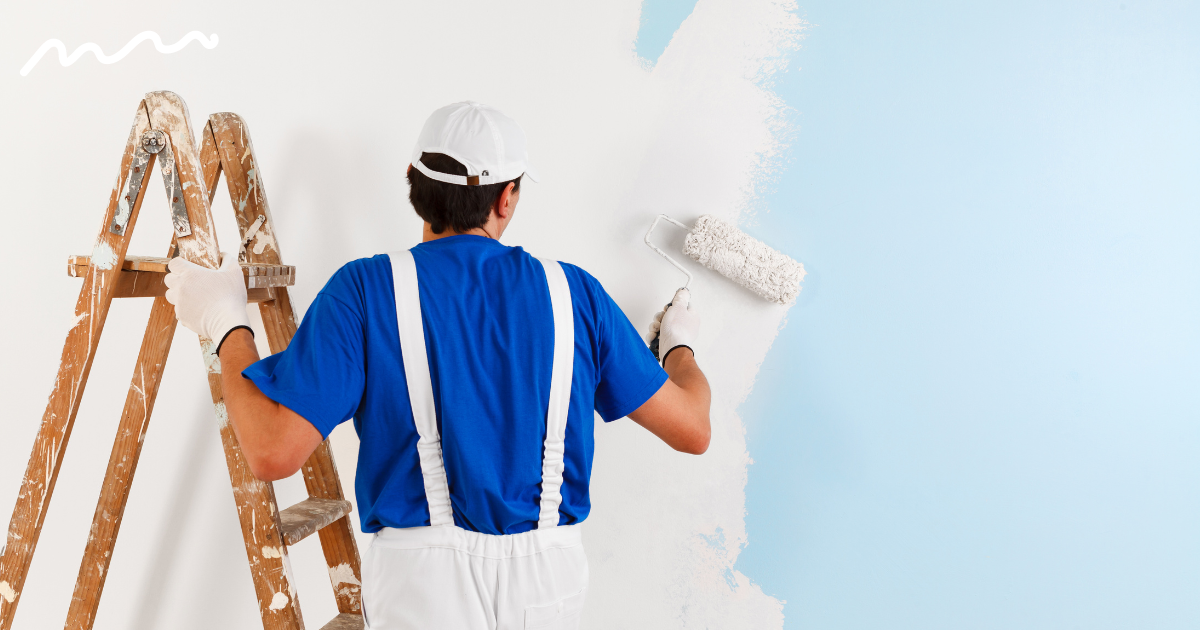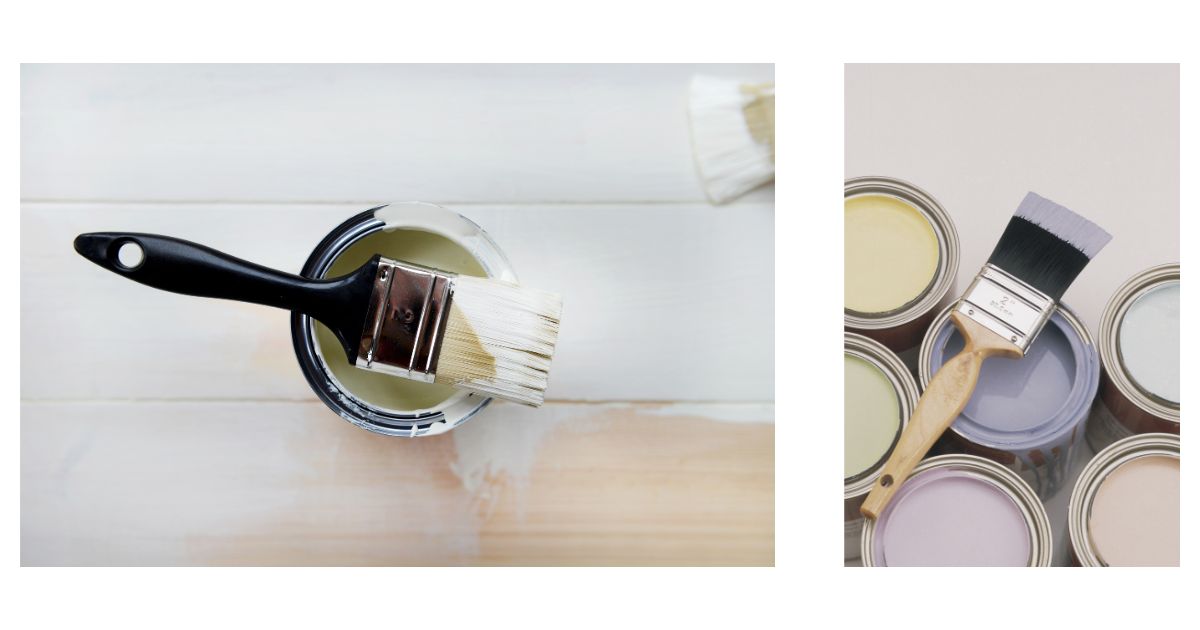Painting the exterior of your home is an exciting project that can enhance its curb appeal and protect it from the elements. However, one crucial aspect to consider is the drying time of the paint.
“How long does it take for exterior paint to dry? “
In this comprehensive guide, we’ll explore the factors that affect drying time and provide valuable insights to help you plan your painting project effectively.
Understanding Dry vs. Cured Paint
Before delving into the specifics of drying time, it’s important to understand the difference between dry and cured paint. When paint is dry, it is no longer sticky to the touch.
However, curing refers to the process of complete evaporation of solvents, resulting in a durable and weather-resistant surface. While drying can occur within hours, curing may take several days to weeks, depending on the type of paint.
Drying Time for Different Types of Exterior Paint
The drying time depends on factors like paint type, weather conditions, and the surface you’re painting. As a general rule: latex paint typically dries within 4 hours while oil-based paint can take up to 48 hours 🕕👀. Warm, dry, and sunny weather speeds the process while cool and humid conditions prolong drying.
Siding is usually ready for a second coat within 24 hours as long as temperatures stay above 50 degrees Fahrenheit 🌡️. Wood surfaces may need a bit longer as the underlying material takes longer to fully cure the paint. Metal like gutters dry faster than porous materials like wood shingles due to less absorption 💦.

The drying time of exterior paint varies depending on the type of paint you choose. Let’s explore two popular options:
Latex-Based Exterior Paint
Latex paint is favored for its quick drying time. In optimal conditions, it can dry within one to three hours. However, curing latex paint takes longer, typically around 14 days in ideal conditions.
Factors such as humidity and extreme temperatures can extend the curing time to up to 30 days. While latex paint allows for faster completion of multiple coats, it’s important to allow sufficient curing time for optimal durability.
Oil-Based Exterior Paint
Oil-based paints have a longer drying time compared to latex paint. It can take six to eight hours for oil-based paint to dry to the touch. However, the curing time is significantly shorter, ranging from three to seven days. This makes oil-based paints a popular choice for trim and floors, where quick curing is desirable.
How Long Does It Take for Exterior Paint to Dry?
When strategizing the ideal timeframe for painting your home’s exterior, it is important to consider the presence of upcoming rainy days.
“To achieve optimal results, it is recommended to have a stretch of at least five consecutive days characterized by dry and sunny weather conditions. “
This duration allows sufficient time for the paint to completely dry and set.
At the very least, you should allocate a minimum of 6 to 24 hours, depending on the specific type of paint you are using, for the initial drying process to take place.
Factors Affecting Drying Time for Exterior Paint
Several factors can influence the drying time of exterior paint. Understanding these factors can help you plan your painting project more effectively. Here are some key considerations:
- Temperature,
- Humidity,
- Wind,
- Rain or snow.
Temperature
Outdoor temperature plays a crucial role in paint drying. Ideally, temperatures between 50 and 85 degrees Fahrenheit provide the best conditions for paint to dry properly. Extreme temperatures, either too hot or too cold, can affect the drying process and compromise the paint’s durability.
Humidity
igh humidity levels hinder the drying process by preventing the air from absorbing moisture from the paint.
Painting on days with humidity above 50% is not recommended, as it can lead to drips, streaks, and prolonged drying times.
Wind
Wind can cause issues during the drying process. Strong winds can create ripples in wet paint and blow debris onto the surface, resulting in an uneven finish. It’s advisable to avoid painting on excessively windy days to ensure a smooth and clean application.
Rain or Snow
Moisture from rain or snow can negatively impact wet paint. It’s crucial to protect the painted surface from any moisture for a minimum of 36 to 48 hours to allow for proper drying and curing.
Tips for Faster Drying
While drying times are influenced by external factors, there are a few tips you can follow to help expedite the drying process:
- Choose the right paint: Opt for paints specifically formulated for faster drying if time is a critical factor for your project.
- Apply thin coats: Applying thin coats allows for quicker evaporation of solvents and facilitates faster drying.
- Ensure proper ventilation: Good airflow helps paint dry faster. Open windows and use fans to improve ventilation during the drying process.
- Paint during favorable weather conditions: Plan your painting project during periods of moderate temperature, low humidity, and minimal wind to optimize drying time.









